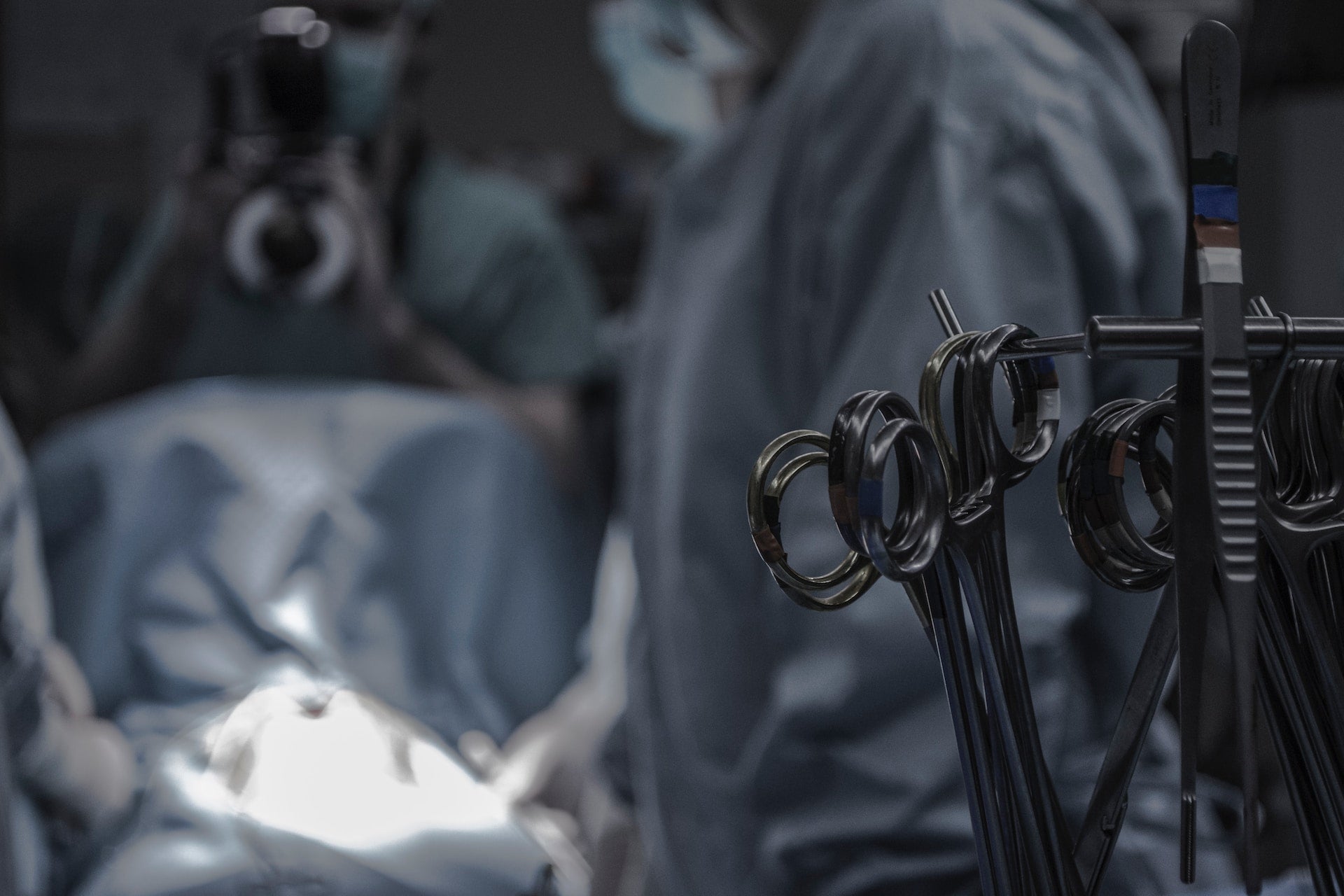

· By Trevor Horne
Saddle Stools in Surgical Centers: Enhancing Ergonomics and Efficiency during Procedures
Surgeons, surgical assistants, and other surgical center staff must perform complex, precise procedures under demanding conditions, often for extended periods. Proper ergonomics is crucial in this environment, not only to ensure the well-being of the surgical team but also to guarantee the highest standard of patient care. However, traditional seating options often fail to provide the support and flexibility necessary to address the unique ergonomic challenges faced by surgical professionals.
Saddle stools can revolutionize the surgical experience by offering unparalleled ergonomic support, better weight distribution, and improved maneuverability within the operating room. By adopting saddle stools into the surgical environment, surgeons and surgical staff can focus on delivering the best possible care for their patients while maintaining their own comfort, health, and well-being.
In this blog, ProNorth Medical will investigate the key ergonomic challenges encountered by surgeons and surgical center staff and discuss how saddle stools are designed to address these particular needs. We will then detail the numerous benefits saddle stools provide during surgical procedures, followed by expert advice on selecting the perfect stool for your surgical center. By embracing saddle stools and prioritizing ergonomics, you can elevate your surgical practice and ensure the highest level of care for your valued patients.
Ergonomic Challenges for Surgeons and Surgical Center Staff
Working in a surgical center presents numerous ergonomic challenges for surgeons, assistants, and other staff. Some of the primary concerns include:
- Prolonged standing: Long hours of standing during surgeries can lead to muscle fatigue, back strain, and discomfort that can negatively impact performance.
- Awkward postures: Surgical procedures often require professionals to maintain awkward positions, potentially leading to muscle strain and affecting overall comfort.
- Limited mobility: Traditional seating options can obstruct movement and limit surgeons' ability to maneuver effectively within the operating room.
Key Features of Saddle Stools for Surgical Centers
Saddle stools are designed to meet the unique ergonomic demands of surgeons and surgical center staff by offering several innovative features:
- Posture support: The distinct saddle-shaped seat promotes a more natural, upright posture that facilitates better weight distribution, reduces spinal pressure, and lowers muscle strain.
- Enhanced mobility: Equipped with swivel capabilities and casters, saddle stools allow for effortless movement within the operating room, providing smooth transitions between surgical tasks.
- Height adjustability: Customizable seat height and tilt options enable professionals to find their ideal ergonomic position for various procedures, ensuring individualized comfort during surgeries.
- Stability and durability: A strong construction and wide base offer a stable and secure seating solution suitable for the demanding conditions of a surgical center.
Benefits of Saddle Stools during Surgical Procedures
Integrating saddle stools into surgical environments can provide significant advantages for both surgeons and their patients:
- Improved comfort: By promoting better posture and weight distribution, saddle stools can reduce fatigue and discomfort during prolonged procedures, enabling professionals to perform optimally.
- Enhanced precision: Proper ergonomics can lead to steadier hands and improved control, which can directly impact the accuracy and efficiency of surgical tasks.
- Increased productivity: Unencumbered movement within the operating room allows for smoother transitions between tasks, resulting in a more efficient workflow for the entire surgical team.
- Healthier working conditions: Saddle stools can help reduce the risk of long-term health issues linked to poor ergonomics, such as chronic pain and repetitive strain injuries.
Tips for Choosing the Right Saddle Stool for Your Surgical Center
To find the perfect saddle stool for your surgical center, take the following factors into account:
- Material quality: Select a stool made from durable, high-quality materials capable of withstanding the rigorous environment of a surgical center.
- Easy cleaning and maintenance: Opt for a stool with surfaces that are easy to clean and disinfect, ensuring a sanitary operating room and compliance with health and safety regulations.
- Customization options: Seek out a saddle stool with adjustable features such as height, seat angle, and optional backrests, allowing each professional to find their most ergonomically suited position.
- Safety standards: Confirm that the stool meets or exceeds safety guidelines and standards applicable to surgical centers.
Conclusion:
In the demanding world of surgical centers, prioritizing ergonomics and comfort is crucial for both patient care and staff well-being. Saddle stools provide an innovative and effective solution, addressing the unique challenges faced by surgical professionals and substantially improving their work environment.
By incorporating saddle stools into your surgical center, you can boost productivity, enhance precision, and elevate the quality of care provided to patients while supporting the health and comfort of your surgical team.
ProNorth Medical, as one of Canada and the US's top medical device and equipment suppliers, offers a diverse selection of saddle stools designed specifically with the needs of surgical professionals in mind. Our range prioritizes ergonomic support, durability, and superior performance features, making them a valuable addition to any surgical center. Explore our collection of saddle stools today and transform your surgical practice into a more ergonomically optimized space for both your staff and your patients.
